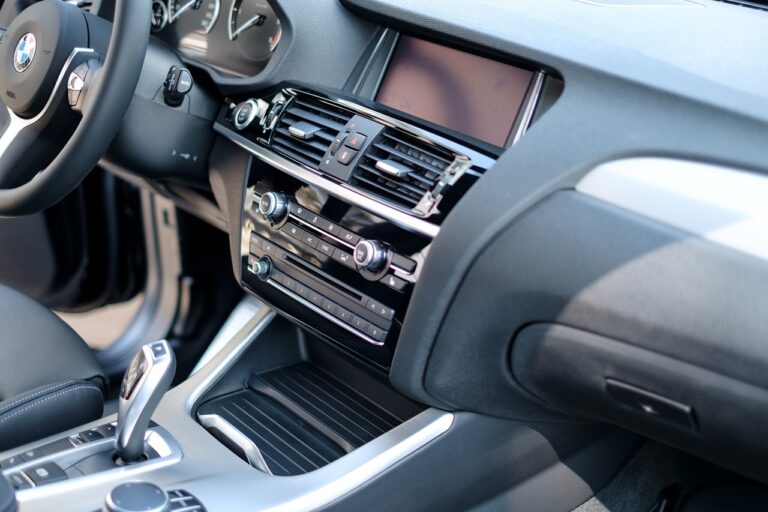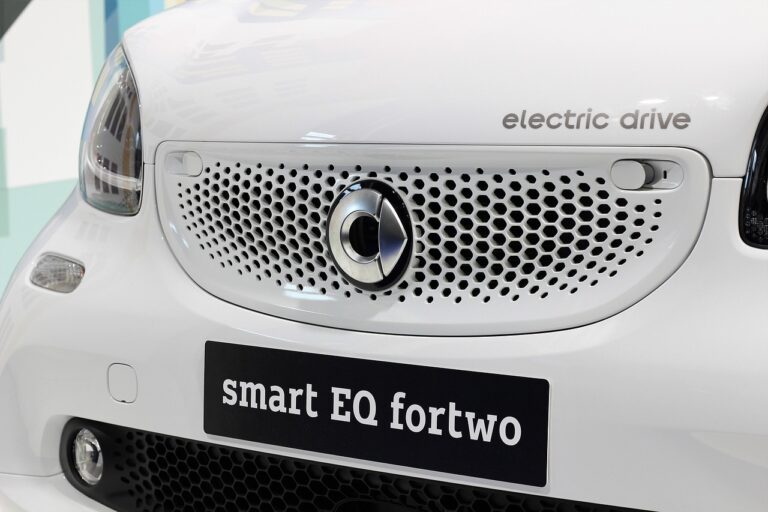Analyzing the Growth of AI-driven Personalized Driving Assistance Systems
Driving assistance systems have come a long way since their inception. Initially limited to basic features like cruise control and anti-lock braking systems, these technologies have progress rapidly. The introduction of sensors, cameras, and radars has allowed for significant advancements in the capabilities of driving assistance systems.
As technology has evolved, so too have driving assistance systems. Features such as lane departure warning, adaptive cruise control, and automatic emergency braking have become commonplace in modern vehicles. These systems have significantly improved safety on the roads, helping to prevent accidents and reduce the severity of collisions.
The Role of Artificial Intelligence in Personalized Driving Assistance
Artificial Intelligence (AI) has significantly revolutionized personalized driving assistance systems by utilizing advanced algorithms and machine learning techniques. These AI-driven systems are capable of analyzing vast amounts of data in real-time, enabling them to understand the driver’s behavior, preferences, and surroundings. By processing this information, the AI can adapt and personalize driving assistance features according to the specific needs and habits of the individual driver.
Moreover, AI plays a vital role in enhancing safety on the roads by predicting potential hazards and providing proactive alerts to the driver. Through continuous monitoring of the driving environment and the driver’s actions, AI algorithms can identify patterns that may lead to accidents and intervene by alerting the driver or taking control of the vehicle if necessary. This proactive approach not only improves overall driving safety but also empowers drivers with personalized assistance to navigate challenging situations more effectively.
Advantages of AI-driven Driving Assistance Systems
AI-driven driving assistance systems offer a multitude of benefits to both drivers and passengers. These systems enhance safety on the roads by providing real-time alerts, such as lane departure warnings and forward collision warnings. By leveraging AI technology, these systems can detect potential hazards more quickly and accurately than human drivers, potentially preventing accidents and saving lives.
Furthermore, AI-driven driving assistance systems can significantly reduce driver fatigue and stress by taking over monotonous tasks like maintaining a steady speed and keeping the vehicle within the lane. This allows drivers to focus more on other important aspects of driving, such as monitoring the surroundings and making critical decisions. Ultimately, the integration of AI in driving assistance systems has the potential to revolutionize the way we travel and significantly improve road safety for everyone.
What are some of the key features of AI-driven driving assistance systems?
AI-driven driving assistance systems offer features such as adaptive cruise control, lane-keeping assistance, automated parking, collision avoidance, and traffic sign recognition.
How do AI-driven driving assistance systems improve safety on the road?
These systems use advanced algorithms to detect potential hazards, alert drivers to dangerous situations, and even take corrective actions to prevent accidents.
Can AI-driven driving assistance systems help improve fuel efficiency?
Yes, by optimizing driving patterns, reducing acceleration and braking, and providing real-time traffic updates, these systems can help drivers save on fuel costs.
How does artificial intelligence personalize driving assistance for individual drivers?
AI technology can learn a driver’s habits, preferences, and driving style to provide customized assistance, making the driving experience more comfortable and convenient.
Are AI-driven driving assistance systems reliable in all kinds of weather conditions?
While these systems may have limitations in extreme weather conditions, such as heavy rain or snow, they generally work well in a variety of weather and road conditions.
Can AI-driven driving assistance systems help reduce traffic congestion?
Yes, by optimizing traffic flow, assisting with lane changes, and managing speed, these systems can contribute to reducing traffic congestion and improving overall traffic efficiency.





